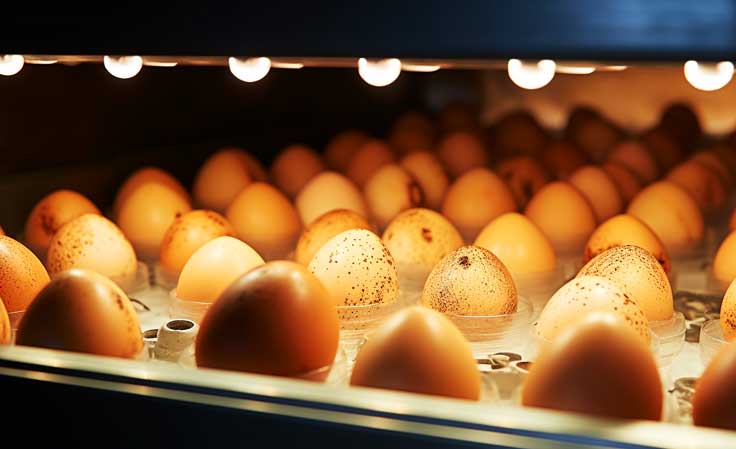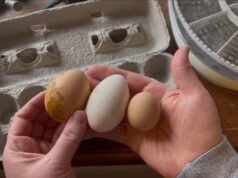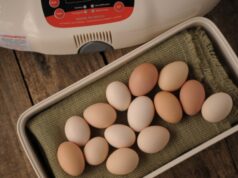For aspiring chicken enthusiasts and seasoned farmers alike, understanding when to place eggs in incubator after collection is crucial for successful hatching. The timing can make a significant difference in the hatch rate and overall health of the chicks. In this comprehensive guide, we will explore the necessary steps to ensure your eggs are ready for incubation.
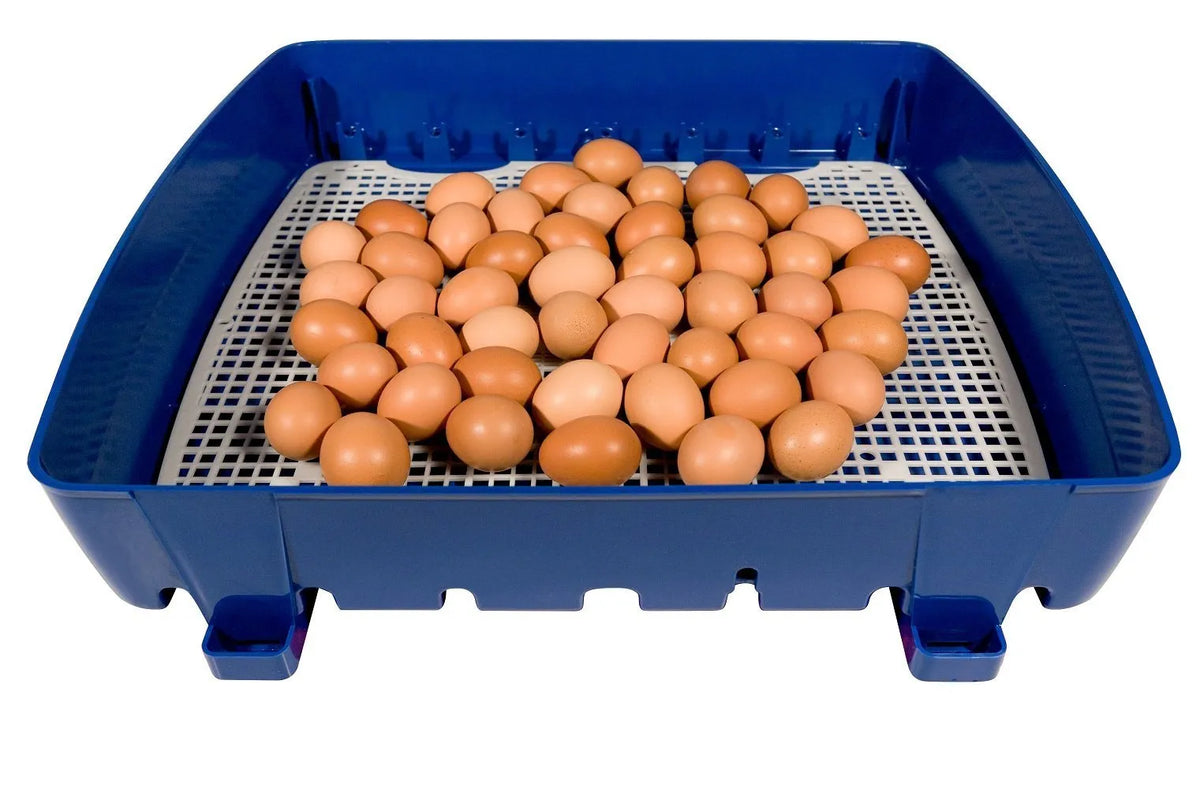
Understanding Egg Collection
Before diving into incubation, it’s important to grasp the basics of egg collection. This involves knowing how to collect eggs correctly to ensure they are in the best condition for hatching. Proper collection methods help maintain the egg’s integrity, preventing cracks and contamination.
Why Collection Timing Matters
The timing of egg collection is integral to the incubation process. Collecting eggs promptly after they are laid can prevent exposure to adverse conditions, which might affect their viability. Ideally, eggs should be collected at least twice daily to ensure they remain at an optimal temperature.
Preparing Eggs for Incubation
Once you have collected the eggs, the preparation for incubation begins. This includes cleaning and storing the eggs properly. It’s essential to avoid washing the eggs, as this can remove the protective bloom that keeps bacteria out.
Storing Eggs Before Incubation
Proper storage is vital. Eggs should be kept at a consistent temperature of about 55F and a humidity level of around 75%. They should be stored with the pointed end down and turned several times a day to prevent the yolk from sticking to the shell. For more detailed tips, you can visit storing eggs before incubation.
When to Place Eggs in the Incubator
The optimal time to place eggs in the incubator is usually within 7 to 10 days after collection. This timeframe helps maximize the chances of successful hatching. Delaying incubation beyond this period can decrease the viability of the eggs.
Factors Influencing Incubation Timing
Several factors can influence when to place eggs in the incubator, including the age of the eggs, the breed of the chickens, and the storage conditions. Each of these can affect the hatch rate.
Setting Up Your Incubator
Once you have decided on the right time for incubation, setting up your incubator properly is the next crucial step. This involves calibrating the temperature to about 99.5F and maintaining a humidity level of around 50-55%. For a beginner’s guide, consider reading beginner’s guide to egg incubation.
Monitoring the Incubation Process
During the incubation period, it’s important to monitor the eggs regularly. This includes ensuring the incubator’s conditions remain stable and turning the eggs several times a day to mimic natural hen movements.
What to Expect During Incubation
Eggs typically incubate for about 21 days. During this time, you can expect to see development beginning in the form of veins and eventually a chick. It’s important to avoid opening the incubator frequently, as this can disrupt the temperature and humidity.
Using Candling to Monitor Development
Candling is a technique used to check the development of the embryo inside the egg. This can be done by shining a light through the egg to observe its progress. For more information on when to start candling, check out candling chicken eggs.
Common Challenges and Solutions
During the incubation process, you may encounter challenges such as temperature fluctuations, humidity issues, or infertile eggs. Understanding how to troubleshoot these problems is essential for a successful hatch.
Dealing with Temperature Fluctuations
Maintaining a stable temperature is crucial. If fluctuations occur, check your incubator’s settings and ensure it’s in a stable environment away from drafts and direct sunlight.
FAQs About Egg Incubation
How long can eggs be stored before incubation?
Eggs can typically be stored for up to 10 days before incubation. After this period, the hatch rate may decrease.
Why is turning the eggs important?
Turning the eggs prevents the yolk from sticking to the shell and ensures even heat distribution, promoting healthy embryo development.
What should I do if my incubator’s humidity is too low?
If the humidity is too low, you can add water to the incubator’s tray to increase it. It’s essential to maintain the correct humidity to prevent the chicks from becoming too dry.
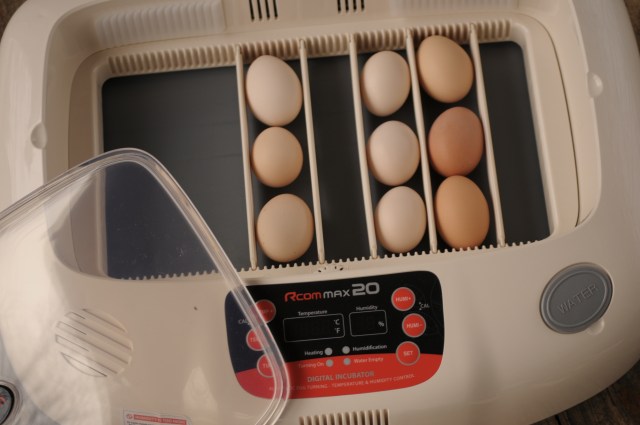
Conclusion
Understanding when to place eggs in incubator after collection is vital for anyone interested in hatching their own chicks. By following the guidelines outlined in this article, you can increase your chances of a successful hatch. For further reading on hatching at home, you can visit hatching eggs at home. Happy hatching!
This article contains affiliate links. We may earn a commission at no extra cost to you.
